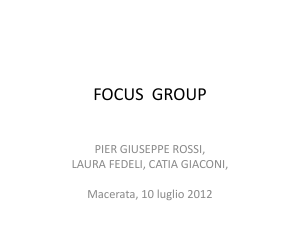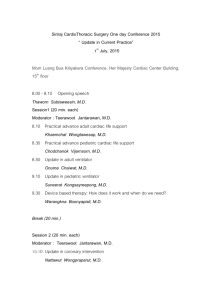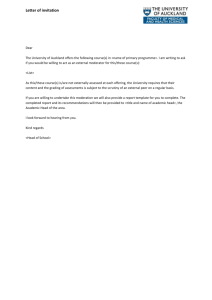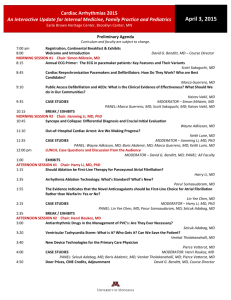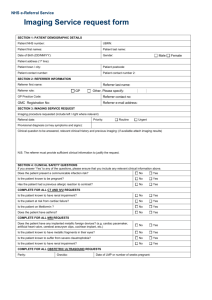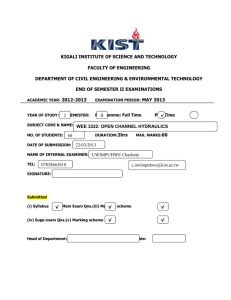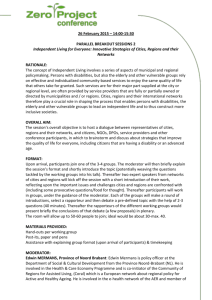20130904_Project Work-in-Progress
advertisement
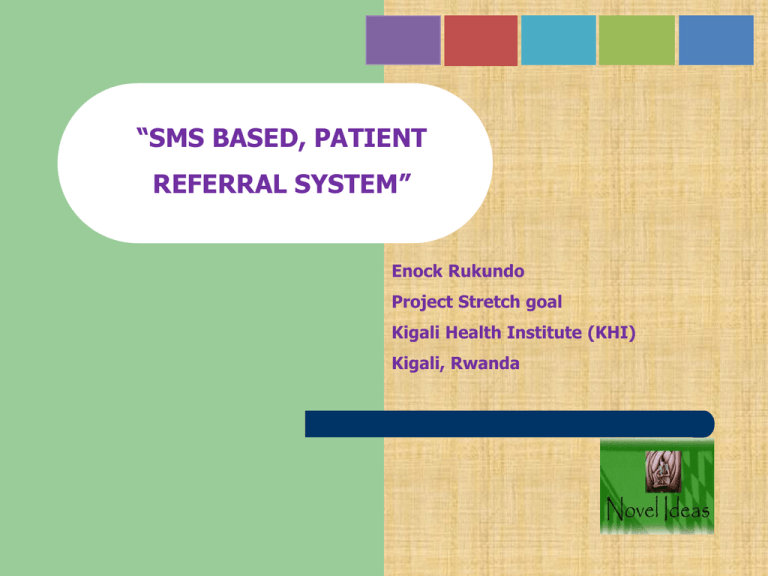
“SMS BASED, PATIENT REFERRAL SYSTEM” Enock Rukundo Project Stretch goal Kigali Health Institute (KHI) Kigali, Rwanda Project Background…short story! My Dad and 6 transfers.. Purpose driven goal…) My poor Dad received 6 different medical transfers From the HC To the District Hospital Then Provincial Hospital To the Military Hospital The Referral Hospital To the High-level Private Hospital (Rich..) And finally to the Military Hospital again (Mutual de Santé support laboratory exams). Problem Statement... Under Construction….. • Referrer data • Rwandan Government Priorities Anticipated Solution Architecture... Critical steps: • Sender submits an sms with patient case details; structured format: ID patient no, content • The filter application makes verification actions i.e format rules • The intermediary filter application re-shapes text sms’s into readable web based or emails formats and sent to the operator/moderator. • Moderator reads case details and decides the final decision or which specialist(s) most appropriate to the case in question • An automatic email sent to the specialist or sender • Specialists logs in the server, reads the case history and provides a response to the moderator and the sender • Referrer reads response from the operator/moderator • The referrer reports action being taken (transfer details) Work-in-Progress… Blue Binder Checklist & Bottlenecks... Critical Control Factors: • Field workers trained • Professional buy-in • Efficient moderator/playing a vital role/important factor • Organizational set-up • Create specific interests for the cause • Impact measurements for the patient and health facilities (hospitals) /demonstration of specific community interests Work-in-Progress… Blue Binder Checklist & Bottlenecks... Benefits: • First and foremost this referral system is a network of people who trust each other and want to collaborate, capacity building and social engineering are thus very important. • Improve access to health care; • Enhance the quality of service delivery; • Improve the effectiveness of public health and primary care interventions; • Improve the global shortage of health professionals through collaboration and training

